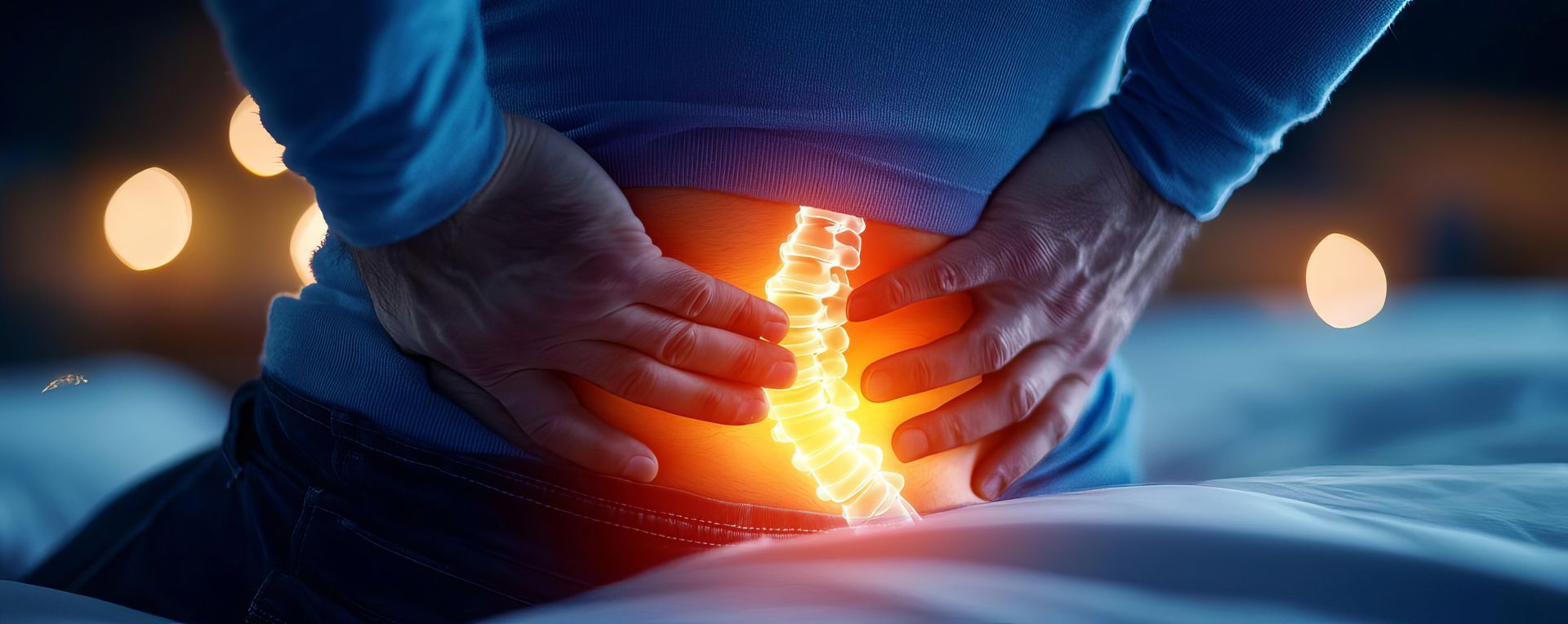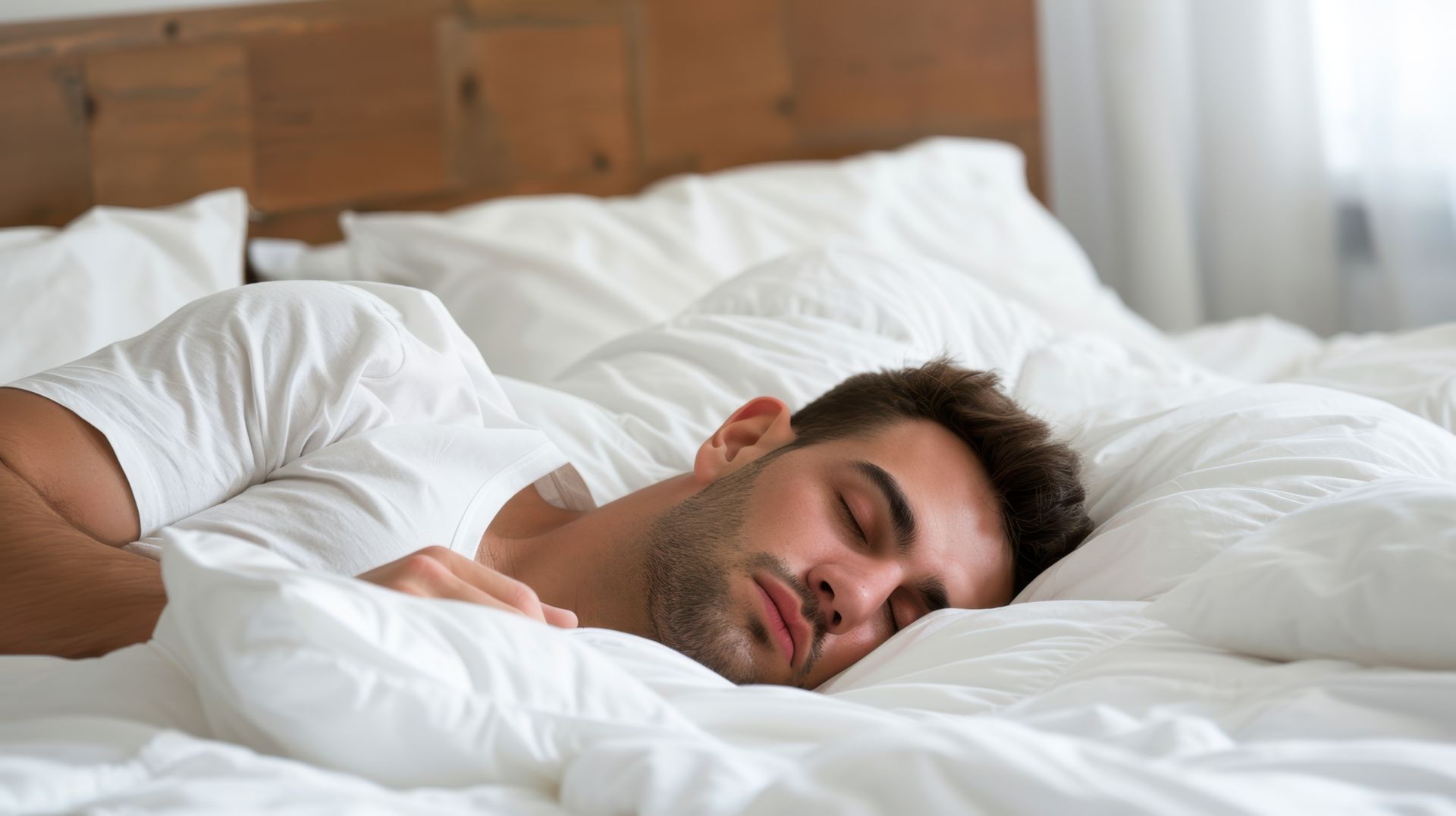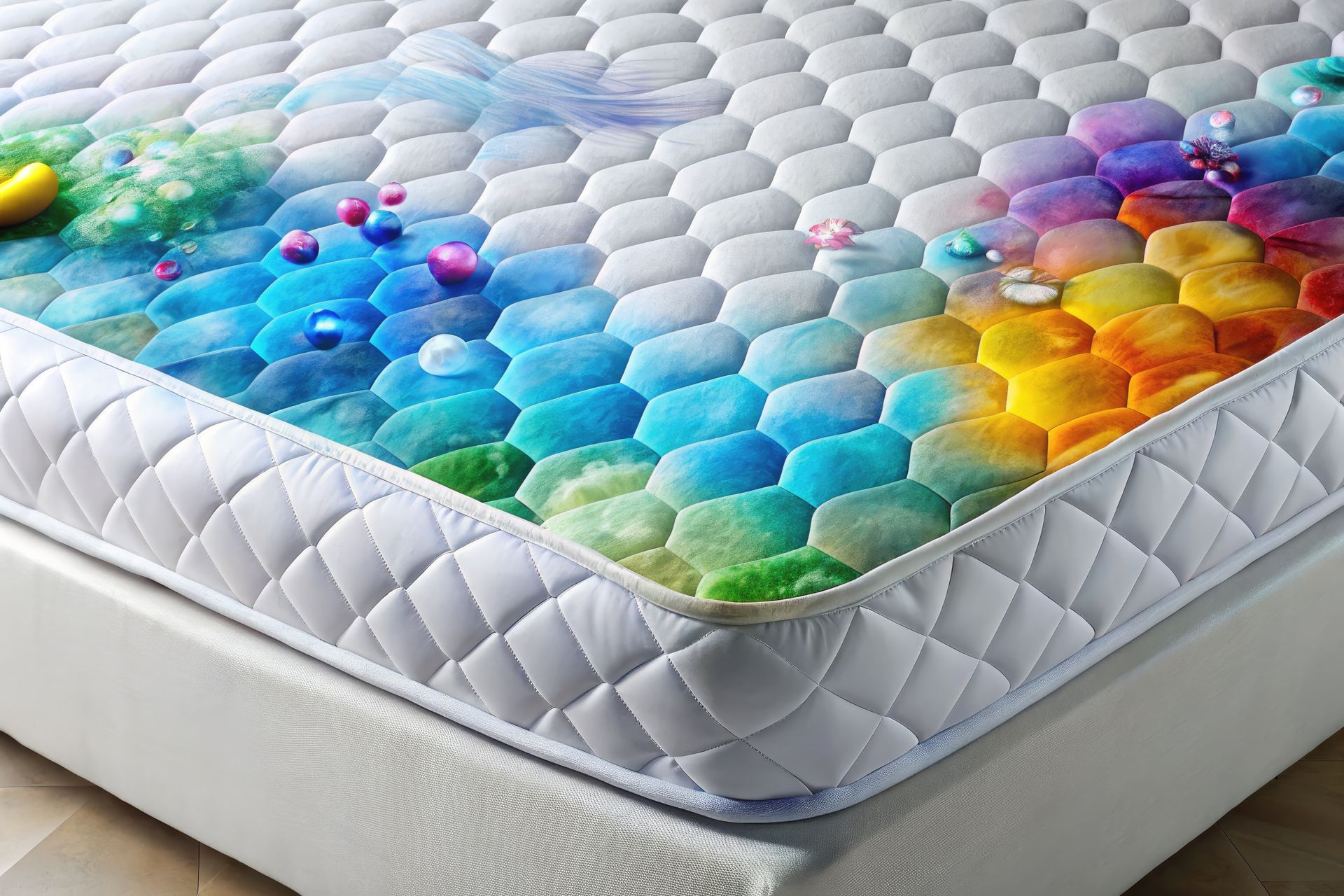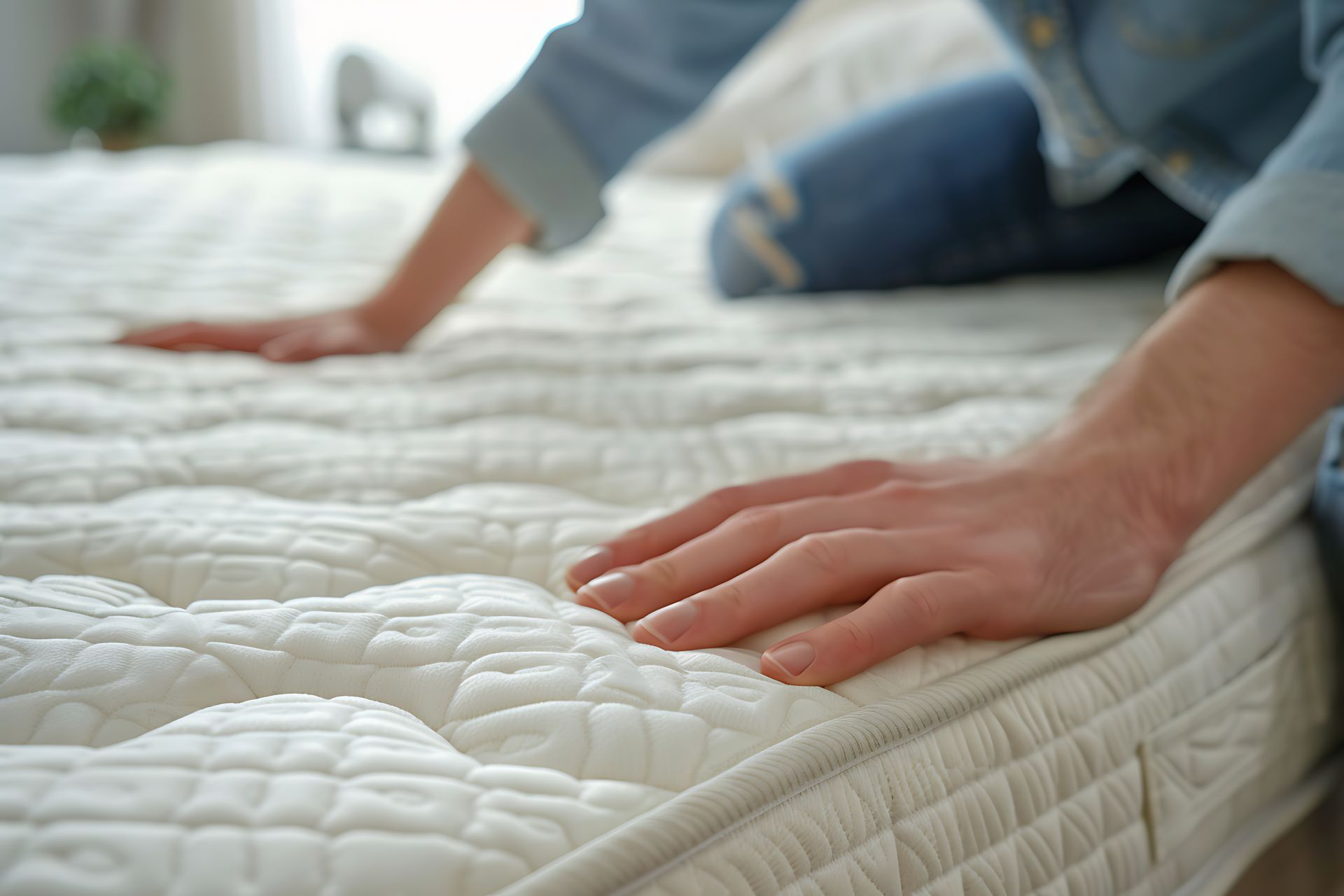
The comfort and pressure relief value of any mattress is dependent upon the physical characteristics of multiple layers. A mattress’s firmness level, which is a uniform measure of softness, allows mattress shoppers to assess the sleep surface’s pressure relief potential.
However, firmness doesn’t tell the whole story. The supportive core of the mattress, the comfort layers built into the mattress, mattress thickness and material responsiveness are all variables that may influence overall pressure relief value for a sleeper.
Firmness Levels
Firmness is a gradient, with mattresses largely fitting into the soft, medium-firm or firm categories. There can be variations between those, but most mattresses fit into those broad support classifications.
Body type often influences which firmness level a sleeper will find most comfortable. Light sleepers often prefer soft mattresses to relieve pressure on shoulders, hips and knees while heavy sleepers often benefit from firm mattresses that more evenly distribute their weight and reduces pressure on joints.
Sleeping position also influences firmness preferences, with side sleepers often preferring softer mattresses compared to back and stomach sleepers.
Supportiveness of the Mattress Core
There are two primary types of coil mattresses – innerspring coils and pocket coils. Innerspring provide the firmest surface while individually wrapped pocket coils are better able to contour to the sleeper’s body shape. Pocketed coils can offer more tailored pressure relief in addition to solid support.
Either traditional innersprings or pocketed coil springs can provide optimal comfort for different types of sleepers. Neither is inherently better than the other. If you’re not sure which would be best for you, you should visit a mattress showroom and experience how different cores feel.
Comfort Layers
The topmost layers of a mattress, or the comfort layers, are most important for the feel of the sleep surface and the mattress’s ability to contour to the sleeper’s body type. Different types of foams can provide different feels, while the underlying coil springs provide consistent support across the entire sleep surface.
Although some sleepers like the contouring feel of memory foam, many sleepers find the excessive sinking disconcerting. Memory foam is also stifling due to poor air circulation, leading to significant heat buildup throughout the night and excessive sweating. In addition to becoming malformed more quickly than other materials, memory foam can also accumulate oil and moisture more rapidly than breathable comfort layers.
Latex foam is more breathable than memory foam and provides more bounce while still offering the contouring effect of foam. It’s often preferred by sleepers who like the contouring of memory foam but don’t want the side effects. Latex also has more elasticity, which ultimately allows it to retain its proper shape for longer than memory foam. Sleepers who like the pressure relief of foam but also prefer easier movement with a more responsive surface should consider latex foam.
High-density polyfoam is another common comfort layer foam that provides more middle-of-the-road comfort and performance. It may appeal to sleepers who dislike the sinking feel of foam.
Does Mattress Thickness Matter for Pressure Relief?
The quality of the interior layers is often a more significant determinant of pressure relief than mattress thickness, but thickness can potentially play a role as well. Thicker mattresses may have more layers designed to enhance cushioning and support the weight of sleepers. Thicker comfort layers can potentially allow for deeper contouring. This can be important for heavier individuals but may have less impact on lighter individuals.
Ultimately, the quality of materials, the design of coils and the zoning and layering of the mattress may play a more important role in supportiveness and pressure relief.
What’s the Best Mattress Material for Me?
Which mattress provides the best sleep surface depends on the individual. As a general rule, lighter individuals sleep better on softer mattresses because firmer mattresses might not provide adequate contouring malleability. Heavier sleepers might sink too deep into softer mattresses and often prefer a firmer sleep surface or a thicker mattress with a more tightly packed and supportive coil core.
However, these rules are not universal. Instead of rolling the dice on a mattress purchased online, you should consider visiting a mattress showroom and determine which option is best for you through firsthand experience.
Visit Our Mattress Showrooms in Spokane Valley or North Spokane
Do you want to find a mattress that provides optimal pressure relief for your body type? Twilight Bedding manufactures a diverse array of innerspring, pocket coil, latex and hybrid mattresses right here in the Spokane area. Find a great mattress and support our community by visiting or calling our North Spokane showroom at (509) 413-2431 or our Spokane Valley showroom at (509) 926-2333.






